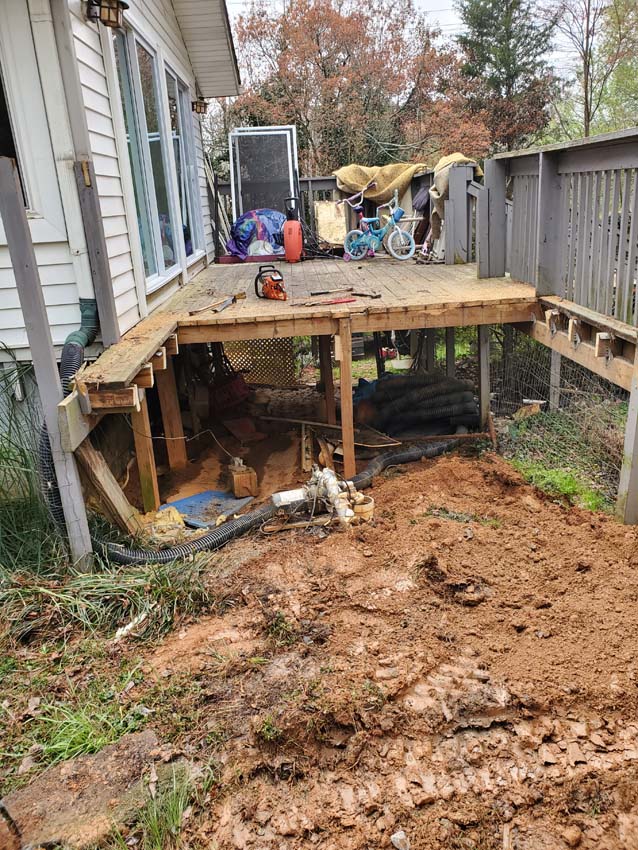Inspecting the current situation is essential before deciding on a course of action for replacing a sewer line. This involves checking for any signs of blockage or corrosion that may indicate problems with existing pipes. If any issues are detected during this inspection then it may be necessary to replace all or part of the existing sewer line. Digging up the existing pipe is also necessary in order to remove it and install new piping in its place. This can be done using either manual tools or heavy machinery depending on how large or complex the job is. After removing and disposing of old piping, new piping must be laid down in order to connect it with the main sewage system.
Finally, once all of these steps have been completed it's important to restore the area where work was carried out so that it looks like nothing ever happened there in terms of dirtiness and disruption created by excavations required for installation purposes. Doing this ensures that no further damage will occur while also making sure that future repairs are not needed soon after completion. Sewer line replacement is an important step towards ensuring that your home remains safe and free from damage caused by clogging and breakages within plumbing systems over time.
